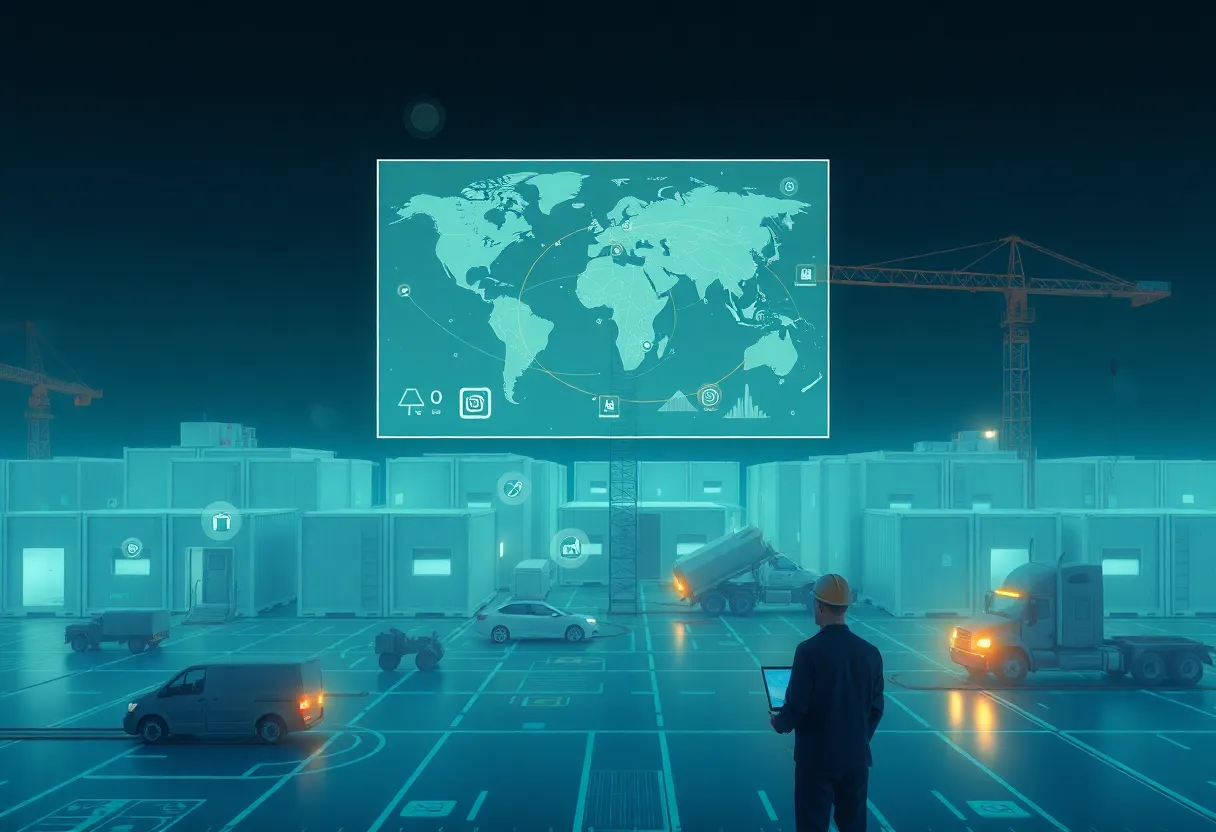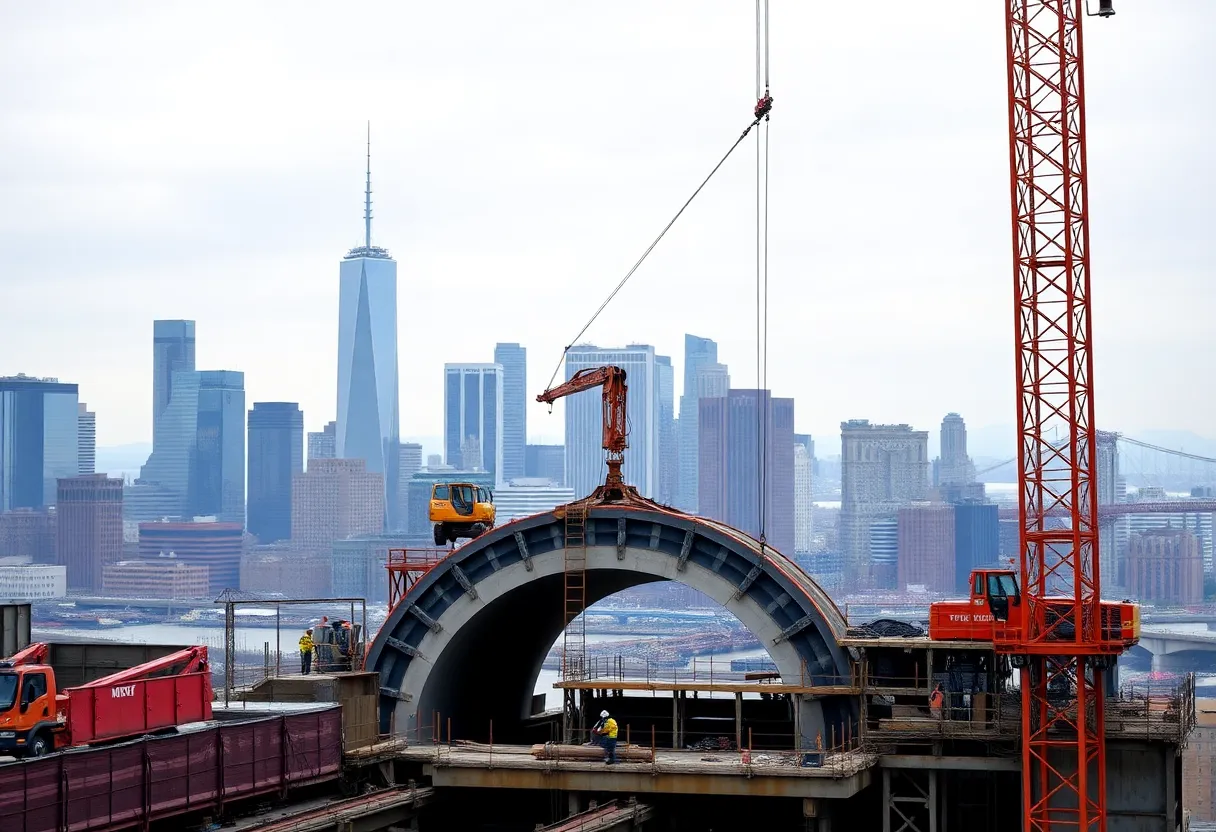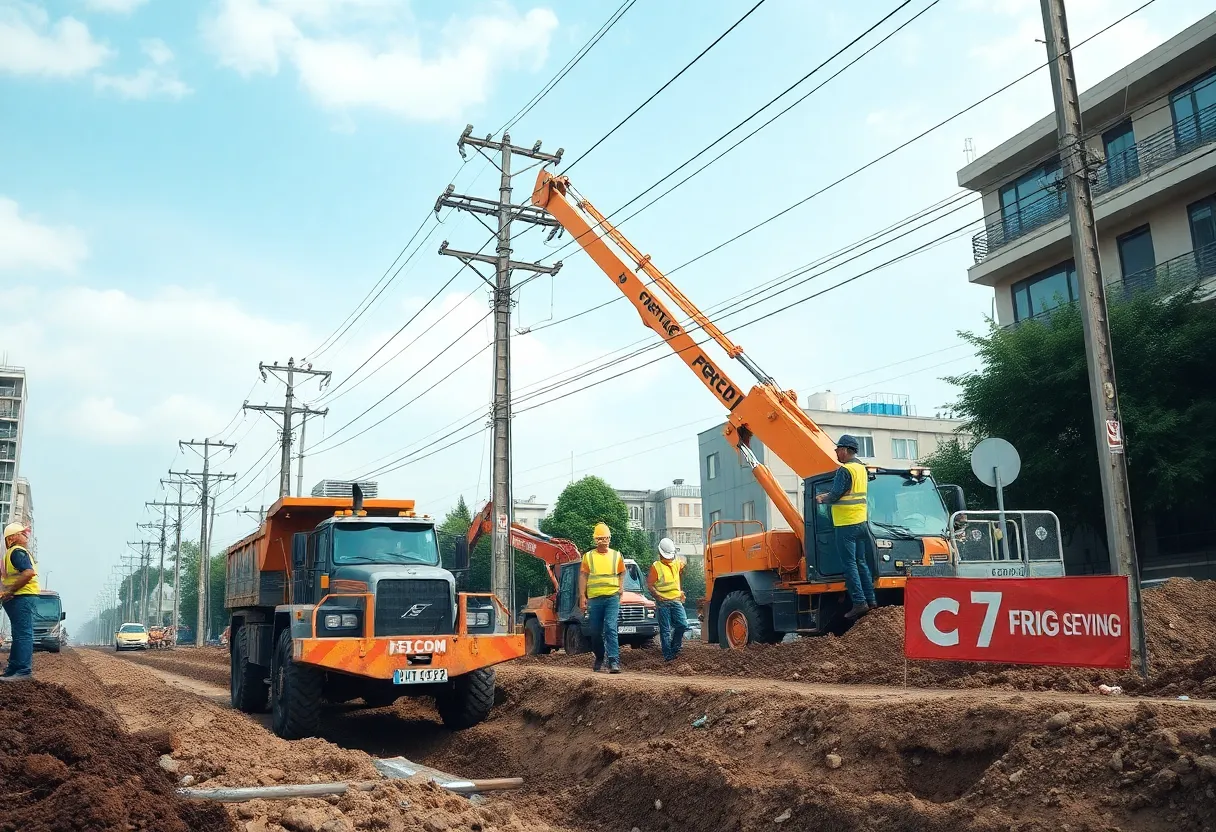Ansan, South Korea, August 15, 2025
News Summary
A research team at Hanyang University ERICA has developed a digital twin–enabled facility management system (DT-FMS) tailored for relocatable modular buildings. The framework integrates BIM, IoT and GIS across three layers—physical, digital and service—to enable real-time monitoring, lifecycle performance analysis, logistics simulation and decision support for module distribution and reuse. A field case using a relocatable modular school project in South Korea demonstrated improved management efficiency, better-informed relocation planning and enhanced potential for circular reuse. The study highlights needs for platform interoperability and workforce training to scale digital twin solutions in modular construction.
Hanyang University ERICA team publishes digital twin framework to improve relocatable modular building management
What happened: A research team led by an associate professor at the School of Architecture & Architectural Engineering at Hanyang University ERICA has published a new digital twin–based facility management framework designed for relocatable modular buildings. The peer‑reviewed paper appears in a 2025 issue of a construction automation journal and is identified by DOI 10.1016/j.autcon.2025.106249.
Key findings and system overview
The team developed a system called a digital twin–enabled facility management system, or DT‑FMS, that fuses three core technologies: building information modeling, Internet of Things sensing, and geographic information systems. The integrated model is built to support real‑time monitoring, ongoing performance analysis, and logistics simulation across the life of relocatable modular units.
The DT‑FMS is organized into three interconnected layers: a physical layer for tracking and communications among hardware, modular units and people; a digital layer where BIM models, data integration and analytics run; and a service layer that lets users monitor, control and interact with the digital twin to support lifecycle decision making. The physical layer explicitly includes stakeholders such as engineers and workers to reflect human roles in operations.
Why it matters
The framework is aimed at improving how relocatable modular buildings are monitored, moved, reused and managed over time. By combining BIM’s 3D modeling and rich building data with IoT’s live sensor feeds and GIS’s spatial context, the DT‑FMS supports faster, better informed choices about module distribution, relocation and reconfiguration.
Demonstration and outcomes
Researchers put the framework into practice through a case study of a relocatable modular school system in South Korea. Results showed the DT‑FMS improved management efficiency and supported decisions on how to distribute and reuse modules. The case study demonstrated practical logistics simulation and helped identify reuse opportunities that extend asset life and reduce waste.
Research team and review
The lead research team was headed by an associate professor at Hanyang University ERICA and included contributions from a doctor of the same university. The published article lists full authorship under the paper title “Digital twin framework to enhance facility management for relocatable modular buildings” in the 2025 volume of the journal, and includes the DOI noted above. The summarized story page is dated August 14, 2025, is attributed to Hanyang University ERICA, and indicates the piece was edited by an editor and reviewed by a scientific editor. The page also states that the content was fact‑checked and proofread and that a brief summary line was automatically generated using a large language model.
Broader context: modular construction trends and constraints
Modular construction is expanding rapidly in South Korea and globally, with firms developing everything from single‑story units to taller residential towers. Modular methods are credited with shorter construction timelines, more consistent quality, lower onsite labor requirements and potential sustainability gains. Several major builders and contractors are pursuing large modular programs and international projects that blend modular units with renewable energy and smart‑city concepts.
At the same time, challenges remain. Regulatory benchmarks, transport limits, heavy lifting needs, and the need to meet fire‑resistance standards for taller buildings are ongoing hurdles. Modular production also carries a cost premium driven largely by upfront factory and logistics investments in a market that is still scaling. Analysts project strong market growth through the late 2020s, and industry observers point to labor shortages and demographic pressures as drivers for further offsite production adoption.
Implications for circularity and lifecycle value
Alongside operational benefits, the DT‑FMS is presented as a tool for enabling circular economy practices in modular construction. By tracking condition, location and configuration possibilities, the system can identify when units should be reused, reconfigured or relocated to maximize value across repeated project cycles and to minimize waste from premature disposal.
Practical notes about the published summary page
The story page contains interactive reader features such as sharing and commenting options, a contact form for inquiries, and a notice about cookies and privacy policies. It also states that email addresses entered to notify recipients are not retained and that the page includes an automated summary disclaimer.
FAQ
What is a digital twin–enabled facility management system?
A digital twin–enabled facility management system is a virtual replica of physical assets that merges 3D building models, live sensor data and geographic context to support monitoring, analytics and decision making throughout an asset’s lifecycle.
Which technologies are combined in the DT‑FMS?
The DT‑FMS integrates building information modeling (BIM), Internet of Things (IoT) sensors, and geographic information systems (GIS) across physical, digital and service layers.
What practical benefits did the case study demonstrate?
In a relocatable modular school case study, the framework supported better decisions about module distribution and reuse, and resulted in improved management efficiency.
How does DT‑FMS support circular economy goals?
By tracking condition, location and configuration options, the system helps identify opportunities to reuse and reconfigure modular units instead of discarding them, thereby reducing waste and extending asset value across projects.
Where can I find the full research paper?
The paper appears in a 2025 volume of a construction automation journal under the title “Digital twin framework to enhance facility management for relocatable modular buildings” and is indexed by DOI 10.1016/j.autcon.2025.106249.
Key features at a glance
| Feature | Description |
|---|---|
| Integration | Combines BIM for 3D models, IoT for live data, and GIS for spatial logistics and location‑based decisions. |
| Layered architecture | Three layers: physical (tracking and people), digital (models and analytics), service (user interaction and lifecycle control). |
| Real‑time monitoring | Live sensor feeds and model updates allow immediate visibility into unit status and site conditions. |
| Logistics simulation | GIS-enabled simulations support optimal routing, placement and relocation of modular units. |
| Reuse and circularity | Decision tools identify reuse, reconfiguration and relocation opportunities to reduce waste and increase asset value. |
| Proven case study | Demonstrated on a relocatable modular school in South Korea, showing improved management efficiency and better module distribution decisions. |
Deeper Dive: News & Info About This Topic
Additional Resources
- Tech Xplore: Digital‑twin framework for relocatable modular buildings (Hanyang University)
- Wikipedia: Digital twin
- Korea Bizwire: Modular construction takes off in South Korea
- Wikipedia: Modular construction
- Korea Bizwire: LG’s modular smart cottage in Korea
- Google Search: smart modular cottage South Korea
- Reuters: South Korea plans two new large nuclear reactors
- Encyclopedia Britannica: Search — South Korea nuclear power
- Bloomberg: South Korea turning to small reactors
- Google Scholar: small modular reactors South Korea
Author: Construction NY News
The NEW YORK STAFF WRITER represents the experienced team at constructionnynews.com, your go-to source for actionable local news and information in New York and beyond. Specializing in "news you can use," we cover essential topics like product reviews for personal and business needs, local business directories, politics, real estate trends, neighborhood insights, and state news affecting the area—with deep expertise drawn from years of dedicated reporting and strong community input, including local press releases and business updates. We deliver top reporting on high-value events such as the New York Build Expo, infrastructure breakthroughs, and cutting-edge construction technology showcases. Our coverage extends to key organizations like the Associated General Contractors of New York State and the Building Trades Employers' Association, plus leading businesses in construction and real estate that power the local economy such as Turner Construction Company and CMiC Global. As part of the broader network, including constructioncanews.com, constructiontxnews.com, and constructionflnews.com, we provide comprehensive, credible insights into the dynamic construction landscape across multiple states.





